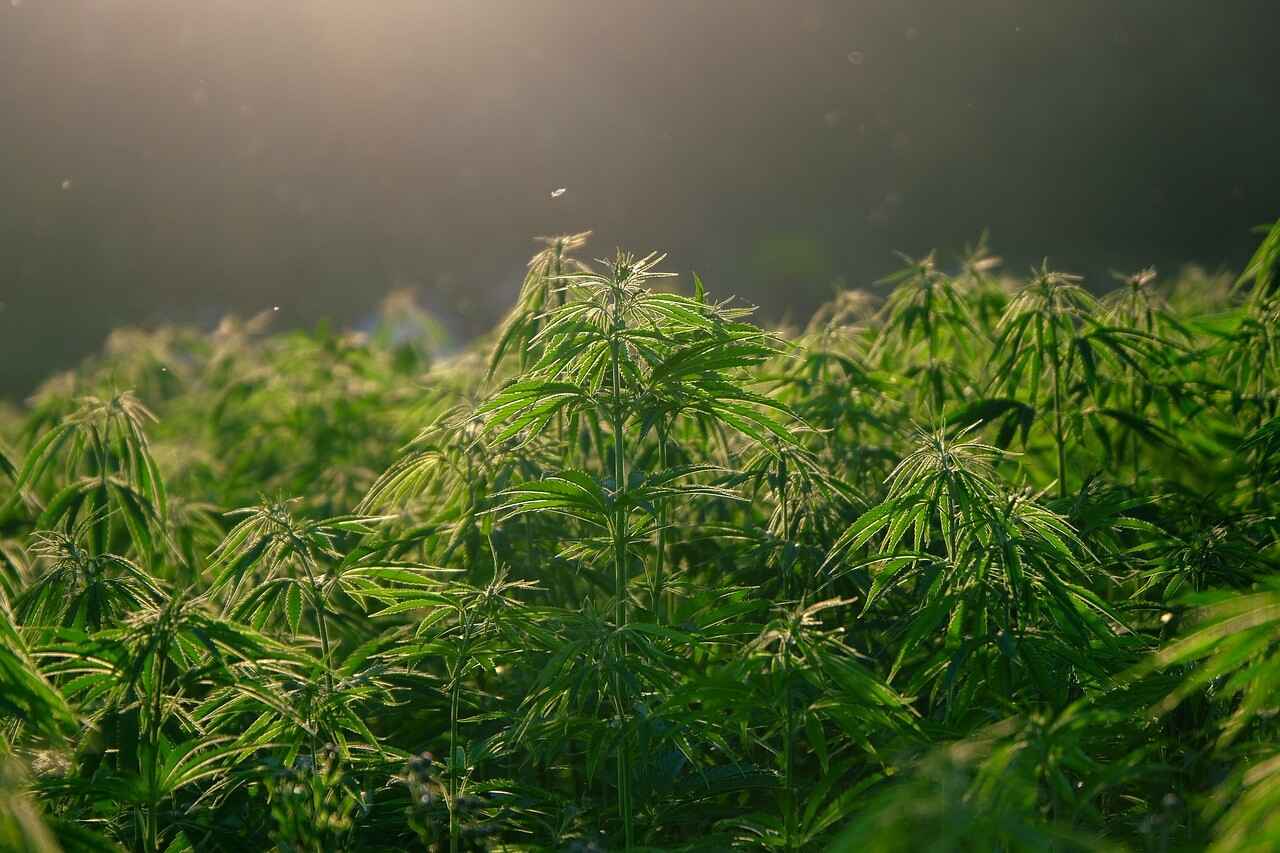Table of Contents
The cannabis plant has gained significant attention for its various healthy compounds, including cannabinoids like CBD (cannabidiol), delta-8, and regular THC (tetrahydrocannabinol). Among these cannabinoids, delta-8 has won over many fans. In this blog, we will delve into how delta-8 is made, exploring the conversion methods and extraction process involved.
Read on as this article will help us gain insights into the production of this unique compound and its potential impacts on human health.
Understanding CBD Hemp
To comprehend the production of delta-8, it is essential first to understand CBD hemp. Hemp plants are a variety of cannabis plants with a low natural amount.
These plants are primarily cultivated for their fibrous stalks, seeds, and hemp flowers, which contain a range of cannabinoids, including delta-8 and CBD. Hemp-derived CBD has become popular due to its potential therapeutic properties and minimal psychoactive effects.
What is Delta-8?
Hemp derived Delta is a naturally occurring cannabinoid found in cannabis plants, albeit in low concentrations. It shares similarities with delta-9 THC, the compound responsible for the psychoactive effects of cannabis, but both are dissimilar in chemical composition.
Delta-8 is famous for its milder psychoactive properties, providing a more balanced experience for users. Delta 8 comes in different product types including: D8 Gummies, Vape Carts, Capsules and more.
Legal Considerations
The legal landscape surrounding delta is complex and subject to change. Understanding the regulations and laws in your specific jurisdiction is crucial before engaging with delta products. Moreover, before buying delta-eight, users should consider its legalities, the extraction process, and the potential impact of this compound on human health.
Conversion Methods of Hemp CBD into Delta-8
To obtain delta-eight, additional steps are required to convert other products in hemp, such as CBD, into delta-eight.
This process involves a chemical reaction known as isomerization, where the molecular structure of CBD is altered to form delta-eight.
Chemicals and Reactions in the Process
The isomerization process involves introducing specific chemical process to facilitate the conversion of CBD into delta-8. This process or chemical reaction may vary depending on the extraction method used and the desired purity and quality of the delta-8.
It is important to note that some conversion methods may involve synthetic cannabinoids, which can affect hemp products safety and legality.
The Extraction Process
The extraction of delta-eight from cannabinoids present in hemp extracted CBD typically involves utilizing organic solvents to isolate the desired compounds from the plant material.
Common extraction methods for delta-eight include high-performance liquid chromatography (HPLC), which separates the cannabinoids based on their chemical properties.
This process allows for the extraction of delta-eight while minimizing the presence of other cannabinoids and residual chemicals. It is safe to say that the production of delta-eight involves a complex series of chemical processes and extraction methods.
Other Extraction Methods for Obtaining Delta-8
To obtain delta-eight one common method is using an organic solvent, such as ethanol or hydrocarbon-based solvents, to extract CBD from the hemp plant.
Another method involves utilizing advanced techniques like molecular or fractional distillation to isolate delta-eight THC from other cannabinoids and impurities.
Factors Affecting Conversion of CBD Hemp into Delta-8
Several factors influence the conversion of CBD hemp into delta-8 THC. Temperature, pH levels, and reaction time are crucial in the isomerization process.
Additionally, the quality and potency of the starting CBD material, as well as the expertise of the manufacturers, can impact the efficiency of the conversion. It’s important to note that the conversion process requires careful monitoring and optimization to ensure consistent and reliable results.
Quality Control and Testing for Making Delta-8
Maintaining high-quality standards is essential throughout the manufacturing process of delta-Eight. These tests should also verify the delta-8 THC content and ensure legal limits and regulations compliance. Manufacturers can provide consumers with safe and reliable delta-Eight THC products by conducting comprehensive testing.
Role of Additional Chemicals in Converting Hemp CBD to Delta-Eight
In the conversion process, additional chemicals may be used to facilitate the transformation of CBD into delta Eight. Commonly, an acidic catalyst, such as sulfuric acid or hydrochloric acid, initiates the isomerization reaction. These acids help create the necessary conditions for the chemical conversion.
Comparison of Delta Eight with Other Cannabinoids
Delta-Eight THC exhibits unique characteristics that distinguish it from other cannabinoids, particularly delta-Nine THC. While delta-Eight products and delta-Nine THC share similarities in chemical structure and effects, delta-eight provides a milder psychoactive experience with less intensity in contrast to delta-Nine THC.
As the cannabis industry evolves, advancements in extraction and conversion techniques continue to shape the landscape of delta-Eight production. Before engaging with delta and CBD products, it is crucial to consult local laws, third-party lab tests, and reputable sources to make informed decisions regarding its use.
Conclusion
Transforming hemp-derived CBD into delta-8 involves careful extraction methods, controlled isomerization processes, and stringent quality control measures.
By adhering to these practices, manufacturers can produce high-quality delta-8 products that meet regulatory standards and provide consumers with a unique and potentially beneficial cannabinoid experience.


